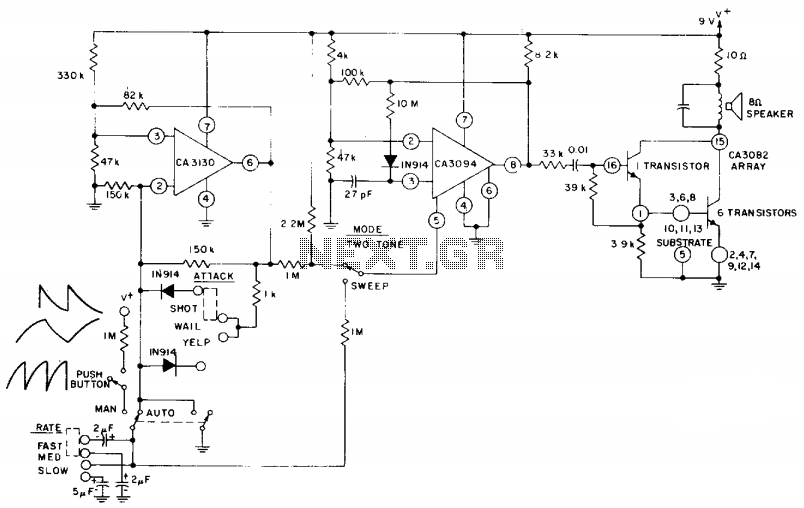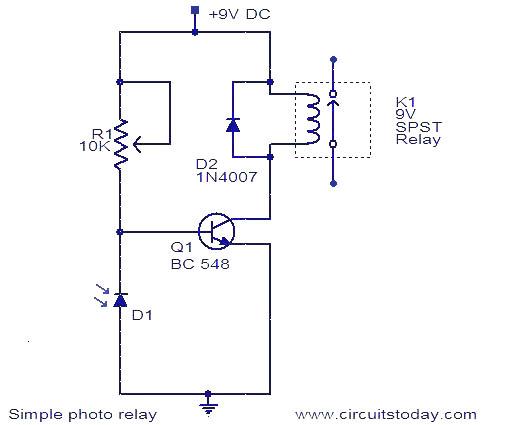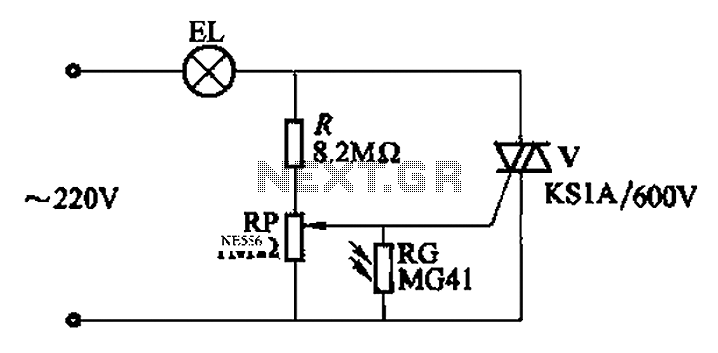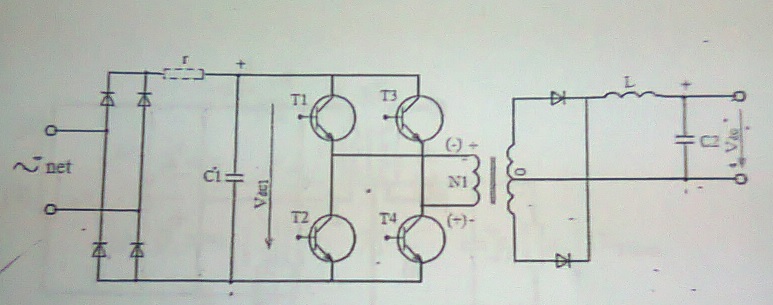
1w audio amplifier circuit using ncp2830
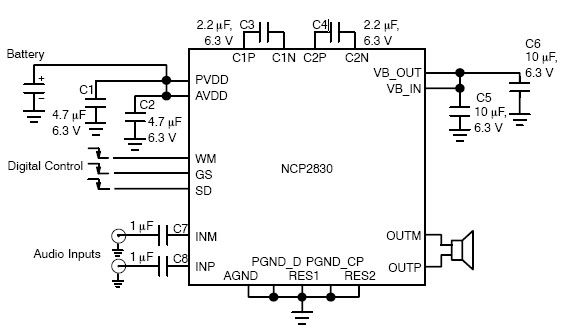
The NCP2830 audio power amplifier features high-quality audio performance with a total harmonic distortion plus noise (THD+N) of 0.04%. It offers low noise with a signal-to-noise ratio (SNR) of up to 100 dB and optimizes overall system efficiency, achieving up to 89%. The amplifier has a superior power supply rejection ratio (PSRR) of 88 dB, allowing for direct connection to a battery. It operates with a very low quiescent current of 7 mA and includes an optimized PWM output stage that supports filterless capability. Additionally, it has a selectable gain of either 2 V/V or 4 V/V.
The NCP2830 audio power amplifier is designed to deliver high-fidelity audio output while minimizing power consumption and distortion. The low THD+N value indicates that the amplifier produces clean audio signals, making it suitable for high-quality audio applications. The impressive SNR of 100 dB ensures that the amplifier can operate effectively in environments with low-level audio signals, providing clarity and detail in the output.
Efficiency is a critical aspect of the NCP2830, with a maximum efficiency of 89%. This characteristic is particularly important in battery-powered applications, as it extends the operational time between charges. The superior PSRR of 88 dB allows the amplifier to maintain performance stability even when connected directly to a fluctuating power source, such as a battery, which is common in portable devices.
The low quiescent current of 7 mA is advantageous for battery-powered designs, as it reduces the overall power draw when the amplifier is idle. This feature is essential for applications where power conservation is a priority, such as in wearable technology or portable audio devices.
The optimized PWM output stage enables the NCP2830 to function without the need for external filtering components, simplifying the design and reducing the overall size of the circuit. This filterless capability is particularly beneficial in compact designs where space is limited.
The selectable gain options of 2 V/V and 4 V/V provide flexibility, allowing designers to tailor the amplifier's output level to suit various applications. This feature is useful in scenarios where different audio levels are required, enabling compatibility with a wide range of audio sources and output devices.
In summary, the NCP2830 audio power amplifier combines high audio quality, low noise, and efficient power management with versatile gain settings, making it an ideal choice for modern audio applications in both portable and fixed installations.NCP2830 audio power amplifier main features are : high quality audio (THD+N = 0. 04%), low noise: SNR up to 100 dB, overall system efficiency optimization: up to 89%, Superior PSRR ( ’88 dB): Direct Connection to Battery, Very Low Quiescent Current 7 mA, Optimized PWM Output Stage: Filterless Capability, Selectable gain of 2 V/V or 4 V/V. 🔗 External reference
The NCP2830 audio power amplifier is designed to deliver high-fidelity audio output while minimizing power consumption and distortion. The low THD+N value indicates that the amplifier produces clean audio signals, making it suitable for high-quality audio applications. The impressive SNR of 100 dB ensures that the amplifier can operate effectively in environments with low-level audio signals, providing clarity and detail in the output.
Efficiency is a critical aspect of the NCP2830, with a maximum efficiency of 89%. This characteristic is particularly important in battery-powered applications, as it extends the operational time between charges. The superior PSRR of 88 dB allows the amplifier to maintain performance stability even when connected directly to a fluctuating power source, such as a battery, which is common in portable devices.
The low quiescent current of 7 mA is advantageous for battery-powered designs, as it reduces the overall power draw when the amplifier is idle. This feature is essential for applications where power conservation is a priority, such as in wearable technology or portable audio devices.
The optimized PWM output stage enables the NCP2830 to function without the need for external filtering components, simplifying the design and reducing the overall size of the circuit. This filterless capability is particularly beneficial in compact designs where space is limited.
The selectable gain options of 2 V/V and 4 V/V provide flexibility, allowing designers to tailor the amplifier's output level to suit various applications. This feature is useful in scenarios where different audio levels are required, enabling compatibility with a wide range of audio sources and output devices.
In summary, the NCP2830 audio power amplifier combines high audio quality, low noise, and efficient power management with versatile gain settings, making it an ideal choice for modern audio applications in both portable and fixed installations.NCP2830 audio power amplifier main features are : high quality audio (THD+N = 0. 04%), low noise: SNR up to 100 dB, overall system efficiency optimization: up to 89%, Superior PSRR ( ’88 dB): Direct Connection to Battery, Very Low Quiescent Current 7 mA, Optimized PWM Output Stage: Filterless Capability, Selectable gain of 2 V/V or 4 V/V. 🔗 External reference
